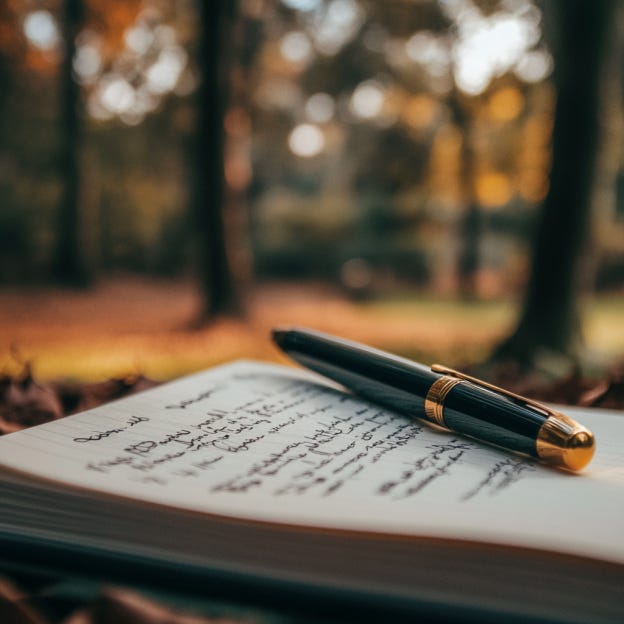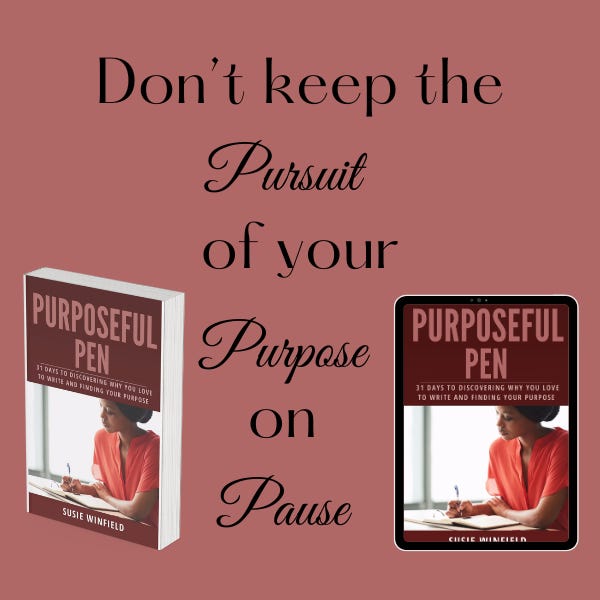Writing gives you a bunch of options for creative expression. Each has its unique style, technique, and purpose. While novels, poetry, and non-fiction share some fundamental principles. Each form of writing has a distinct approach to storytelling and reader engagement. Let’s explore what makes these writing mediums unique. I'll give tips and insights to help you experiment and expand your writing skills.
Writing Novels
When I first fell in love with storytelling, I wrote short stories. The older I got the more substance I craved so I tried my hand at longer pieces. I'm writing my current novel chapter by chapter on my Mystery Substack. I don't have a lot of readers but I am interested in the story. I plan to publish it as a novel sometime next year.
Structure and Form
Novels are long-form content divided into chapters. They follow a three-act format, or more experimental, nonlinear storytelling. Within these pages, authors can create worlds, develop complex characters, and explore themes. Novels are an ideal space for deep dives, letting you build suspense and plot twists. As well as character development that keeps readers turning pages.
Character Development
One of the joys of novel writing is crafting characters who evolve and reveal themselves over time. Unlike short stories, novels allow for multiple arcs, layered backstories, and dynamic relationships. Giving readers a full experience of a character’s journey.
World-Building
Whether your story is set in outer space or a small-town café, novels provide the space to immerse readers in your world. Through vivid descriptions and subtle details, you can create a setting that feels real and supports the story’s themes.
Reader Engagement
With novels, the length offers room for richer engagement but also requires careful pacing. Alternating between action, dialogue, and introspective moments can help maintain momentum. Keeping readers invested from beginning to end.
Writing Poetry
The first book I published, back in 2008, was a compilation of poems. Each one explored a part of my life: family, work, dating and motherhood. I don't write much poetry anymore, but I still love the art form.
Structure and Form
Poetry is a form of compression, conveying profound meaning in fewer words. It uses line breaks, rhythm, and sometimes rhyme to create a unique reading experience. From the tight structure of a sonnet to the freedom of free verse, the form of a poem itself often plays a role in its meaning.
Imagery and Symbolism
In poetry, every word counts. Instead of lengthy descriptions, poets rely on powerful imagery and symbolism to evoke emotions and ideas. Using metaphor and simile allows poets to draw connections that resonate with readers on an emotional level.
Voice and Emotion
Poetry offers a personal space for expressing emotions. By choosing words with precision, poets can convey layered meanings, creating intimacy and impact with each line. This intensity makes poetry a tool for exploring inner experiences and universal themes.
Experimentation
Poetry invites breaking the rules and exploring new structures. This experimental nature allows writers to bend language, syntax, and form. Leading to unexpected ways of expressing ideas.
Writing Nonfiction
Outside of poetry, nonfiction became a passion for me when I began blogging. I have written online off and on since 2008. I feel like the last 2 years have been my most successful. I've published one nonfiction book so far in the Purposeful Writer series with plans for at least 3 more books.
Types of Nonfiction
From memoirs and personal essays to instructional writing, nonfiction comes in various forms. Each type serves a specific purpose. Memoirs reflect on personal experiences. Instructional writing educates and provides guidance.
Research and Accuracy
Nonfiction writing requires a commitment to truth and accuracy. Including personal experiences while maintaining objectivity or honesty is essential to establishing credibility. Good non-fiction should educate and engage, combining factual details with storytelling elements.
Voice and Tone
A key aspect of nonfiction is the author’s voice, which lends authenticity to the work. Whether you’re sharing personal insights or reporting facts, an authentic tone allows readers to connect. Adjusting voice and tone for different audiences helps nonfiction work resonate with readers.
Purpose and Message
Nonfiction often aims to inform, persuade, or inspire. Writing with a clear purpose and message in mind gives the work direction. It helps readers not only understand the topic but also feel its relevance.
Comparing Techniques Across Mediums
Each writing medium offers unique tools for storytelling. Here are some notable differences and how they may influence your writing approach:
Narrative Structure: Novels often focus on long-form plot development, while poetry and nonfiction may rely on shorter structures.
Character vs. Authorial Voice: Character development is central in novels, while poetry leans on the personal voice of the writer. Nonfiction, depending on the type, can feature either a neutral or personal voice.
Language Use: Novels use language to build scenes and dialogue, poetry favors brevity and imagery, and nonfiction balances clarity with insight.
Reader Engagement: Each medium uses unique hooks to keep readers engaged. Novels captivate with plot twists and character arcs, poetry with evocative language, and nonfiction with factual relevance and storytelling.
Blending Mediums and Experimentation
Many writers, myself included, find inspiration by blending elements from different mediums. Incorporating poetic language into novels or using narrative techniques in non-fiction. Experimentation encourages you to push boundaries, leading to unique and impactful work. Writers like Maya Angelou found success across mediums. She used each to highlight different aspects of the human experience.
Conclusion
Exploring various writing mediums can open doors to new creative expressions. Each medium offers a unique framework that can enrich your storytelling. From the immersive worlds of novels to the precision of poetry and the authenticity of nonfiction. By experimenting with different styles, you’ll discover your strengths and versatility as a writer. Embrace each medium’s challenges and gifts, and let them deepen your craft, one story, poem, or article at a time.
Venturing into different writing forms helps you discover what resonates most with you. It also offers readers a richer view of your voice. So, start experimenting—you may find that your next favorite story, poem, or essay is a pen stroke away!
Resources
I was originally introduced to Lara Acosta through one of my mentors, Ayodeji Awosika. I follow her on LinkedIn and YouTube and subscribe to her email list. If you’re interested in writing on LinkedIn, Lara can help you out.
Until Next Time
Have a good day, good person. And happy writing!
Notes You May Have Missed
My Book
Susie Winfield’s Mysteries
Wrongful Accusations - All Chapters
Write on the Scene
Are You Afraid You’ll Never Be a Good Writer?




Susie, good post. Useful insight into the cross overs between mediums.
I'm sticking with the Novel format, only because of the complexity of the plot/story.
I totally understand. Take care of your folks.